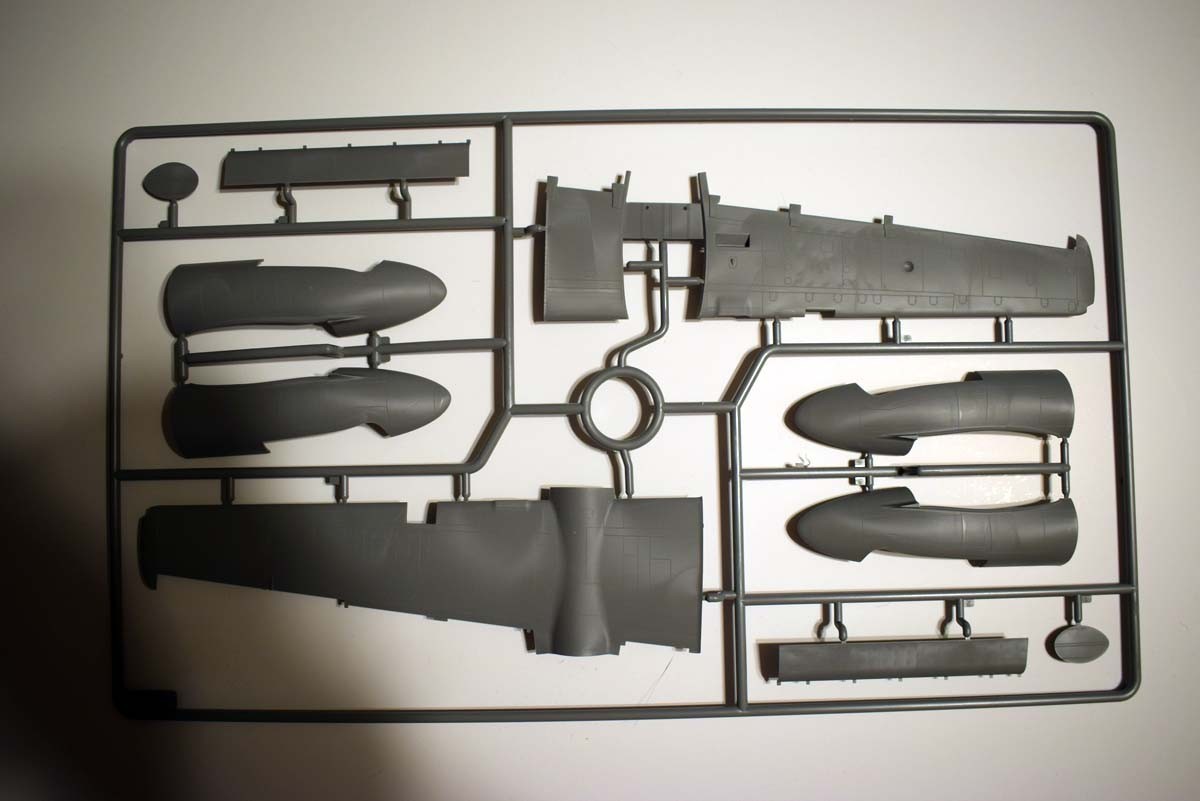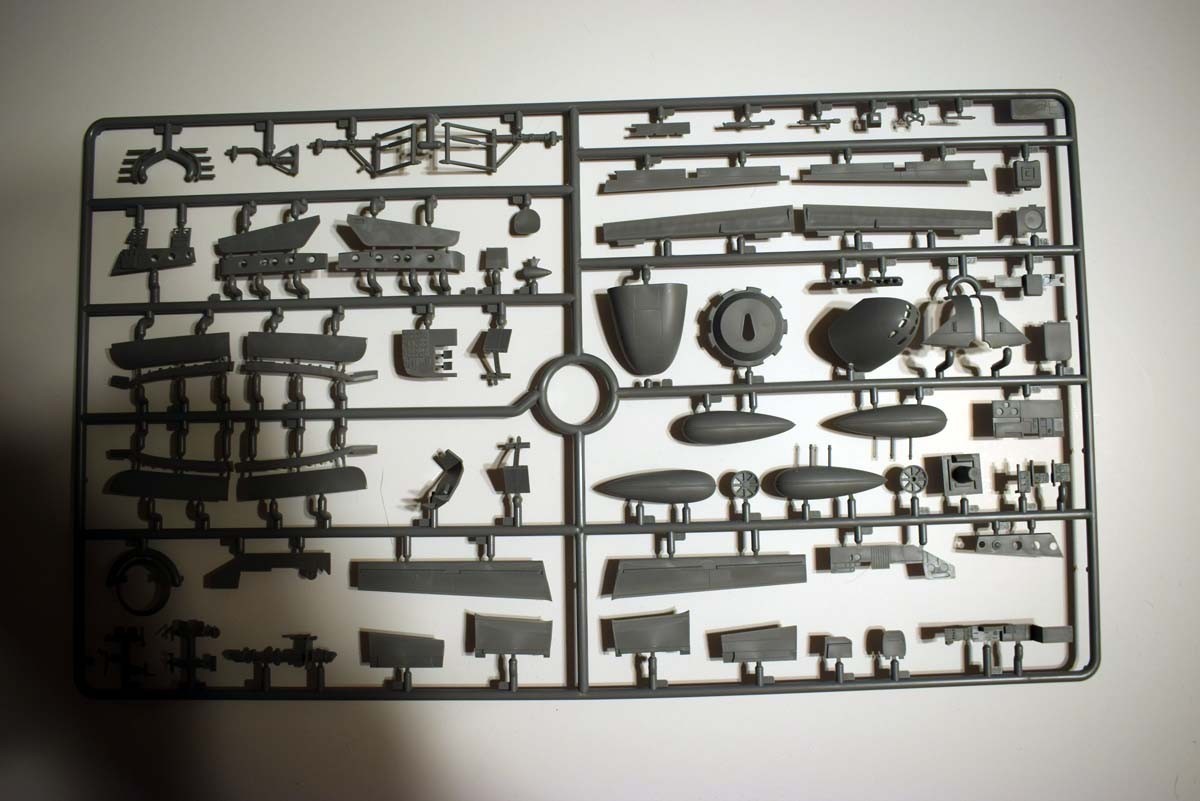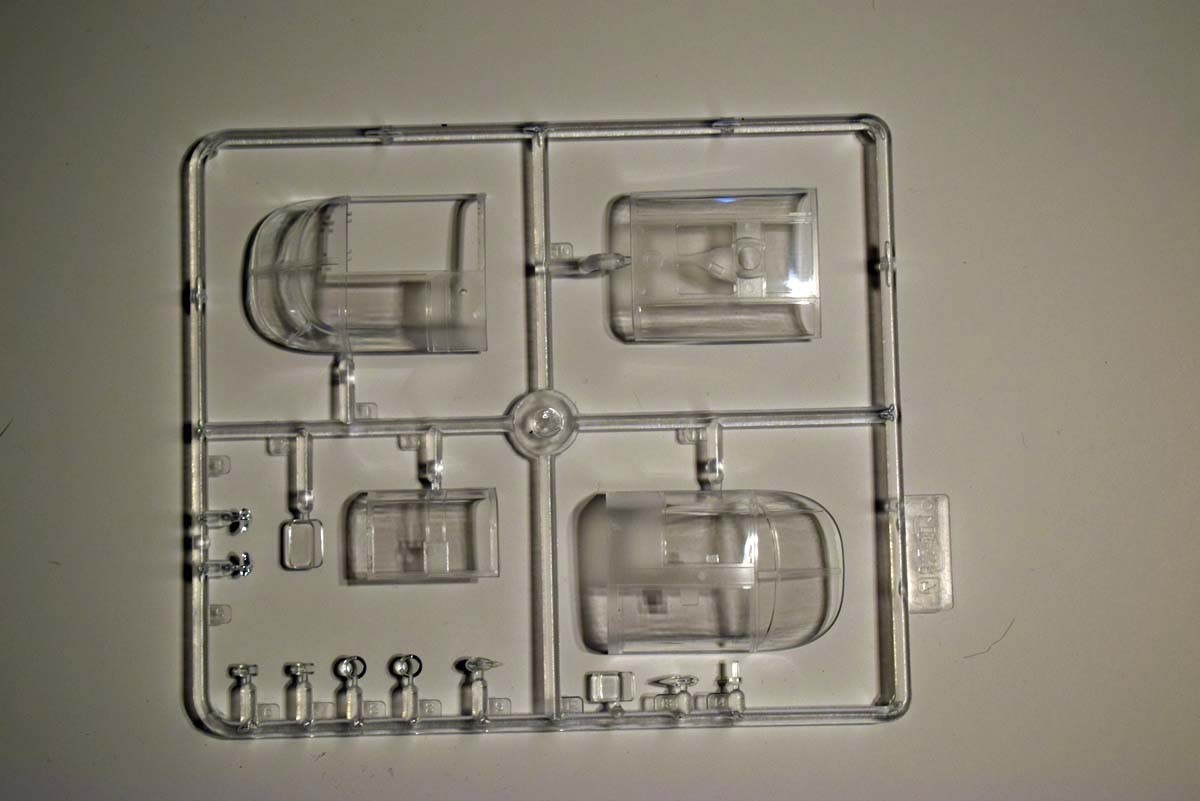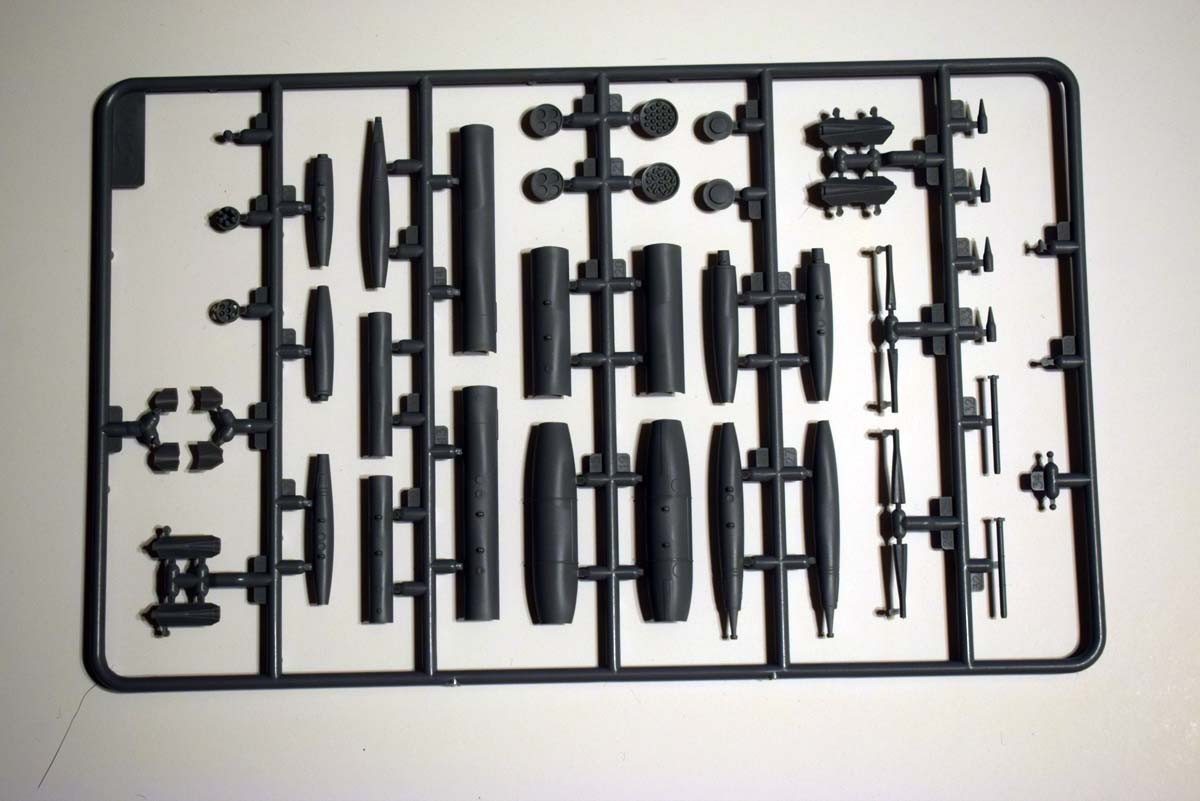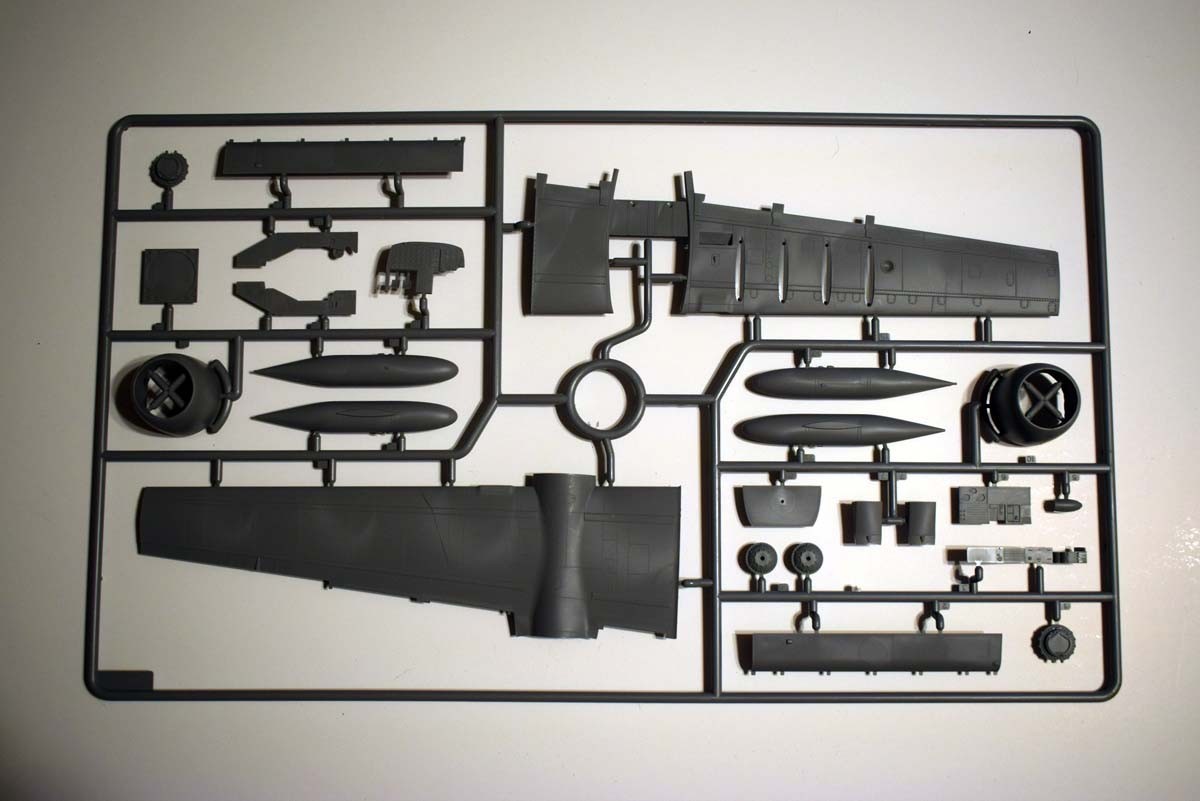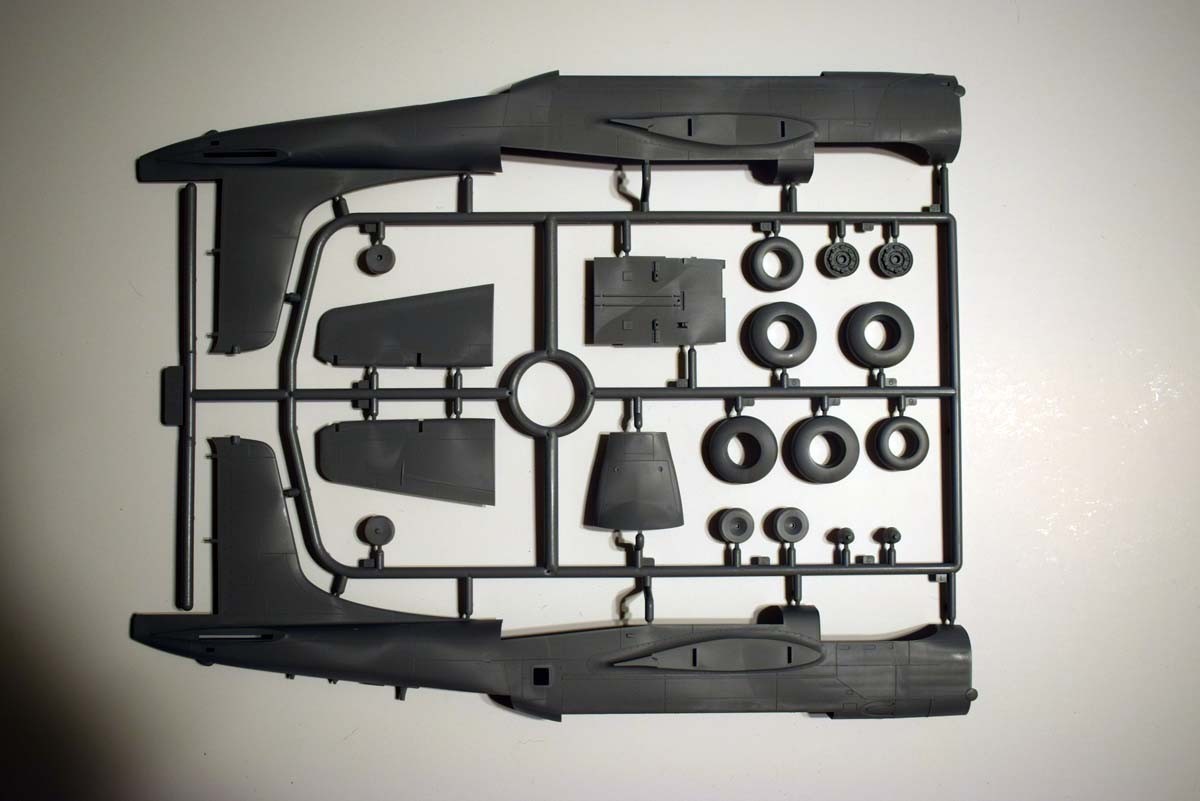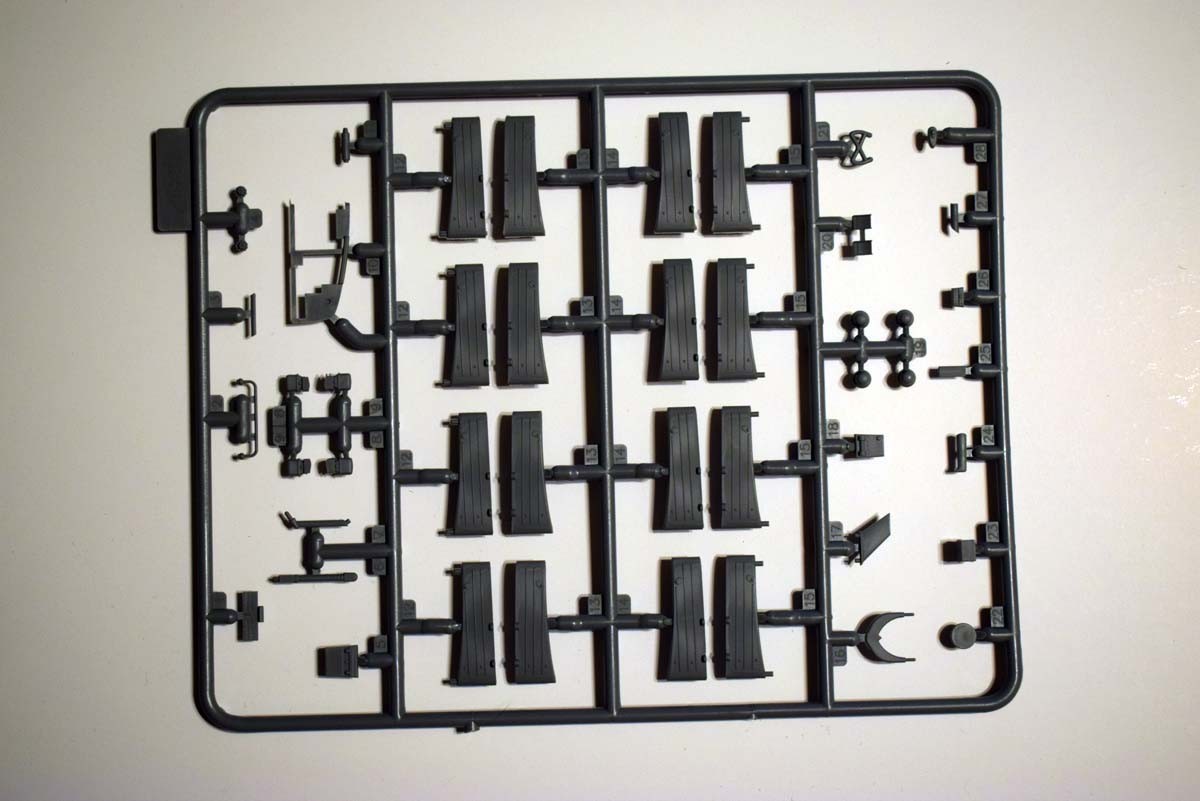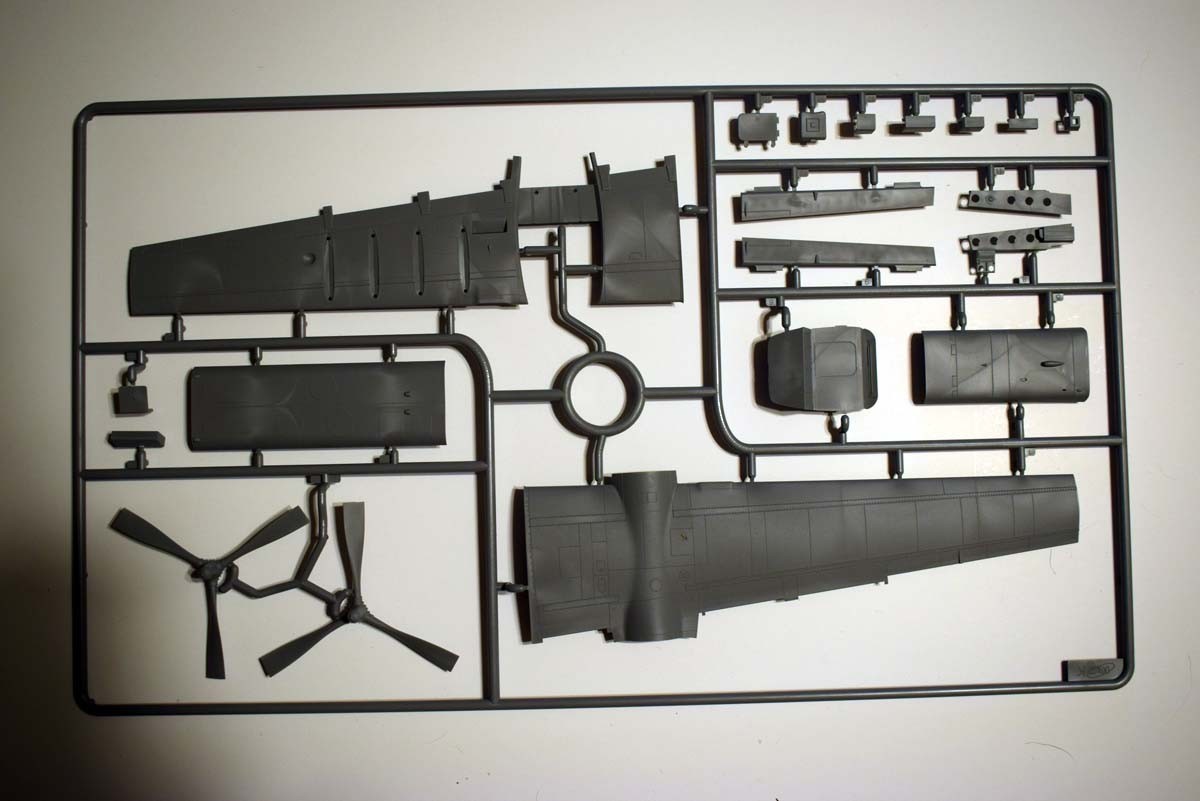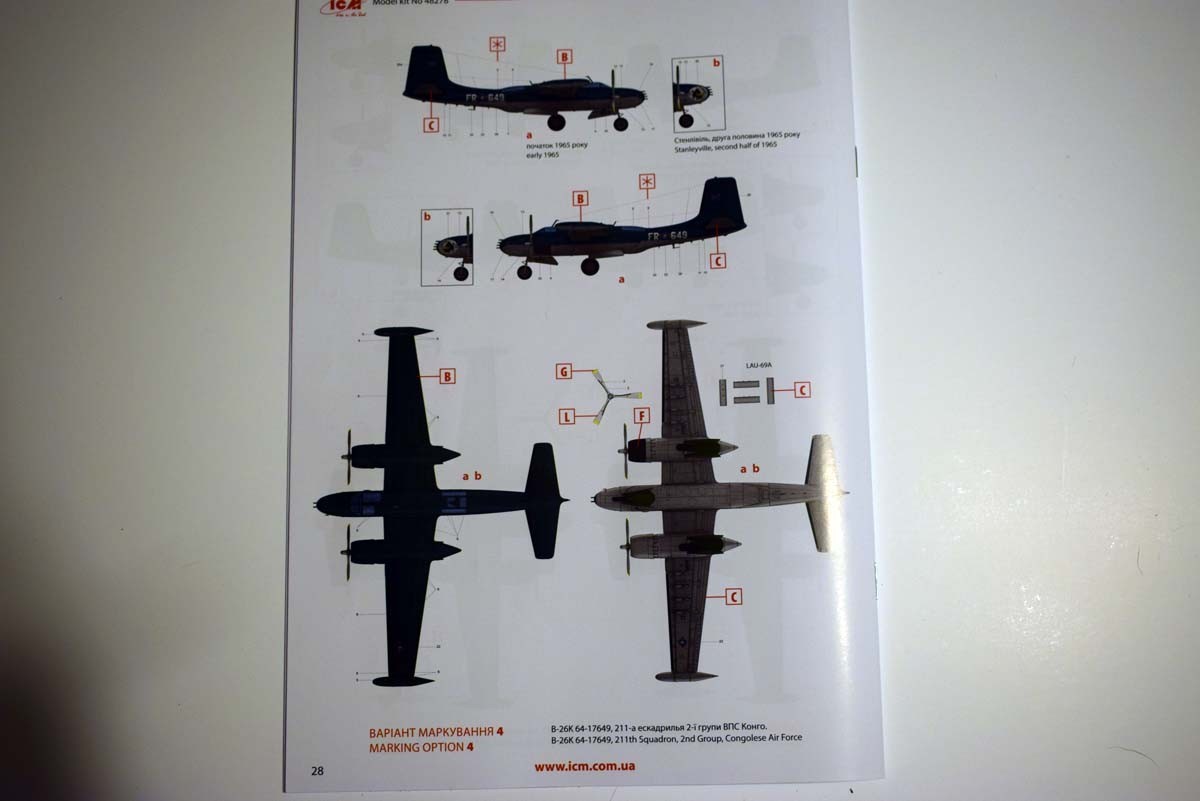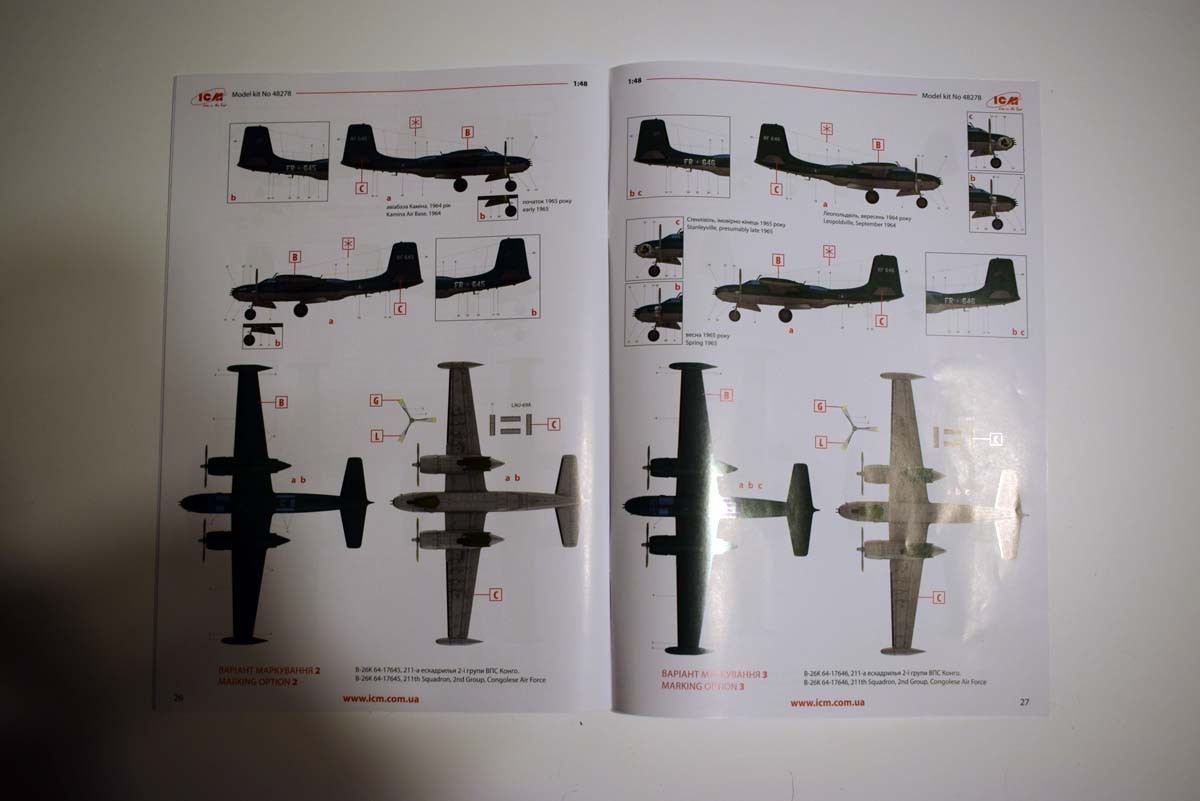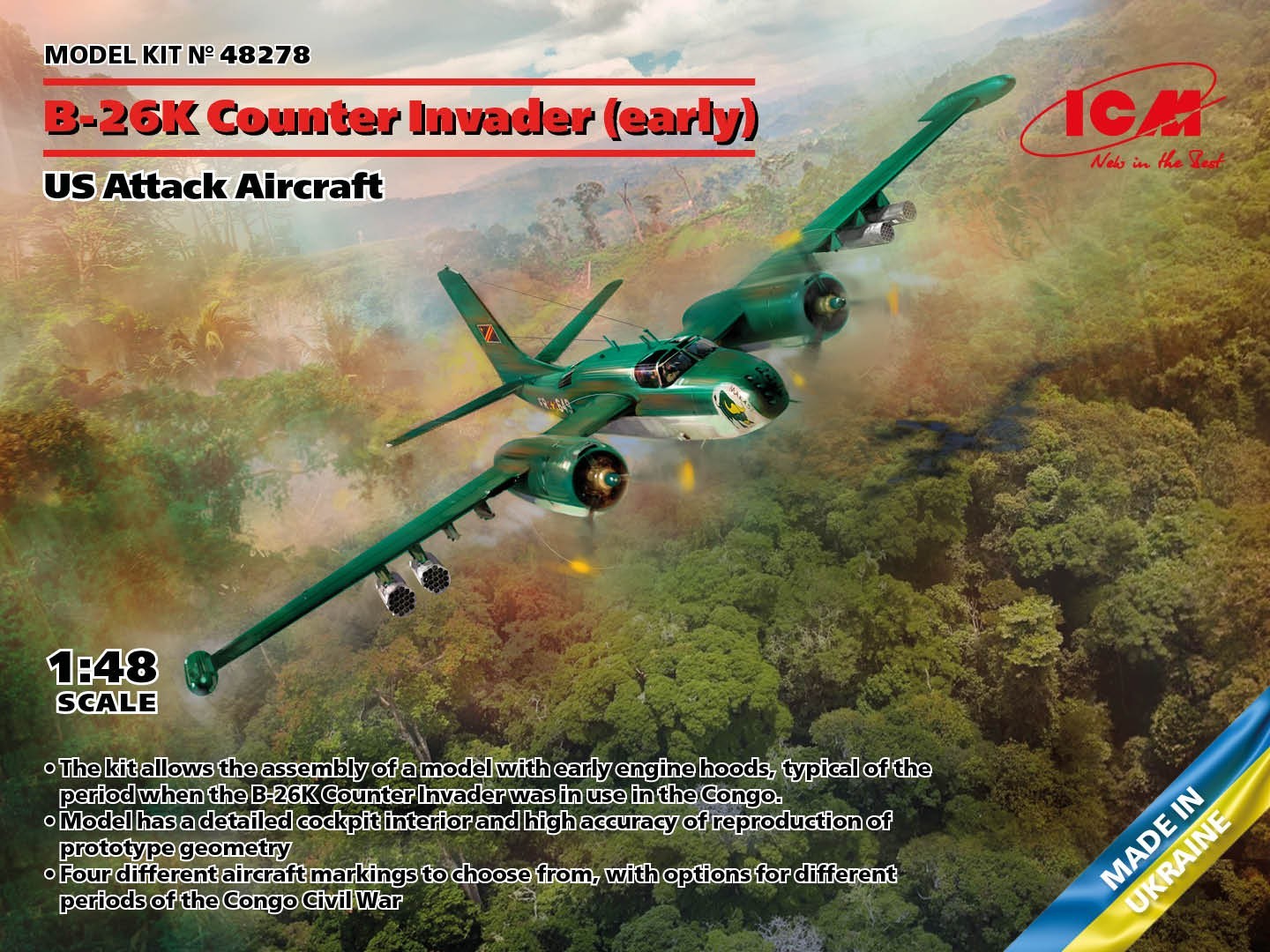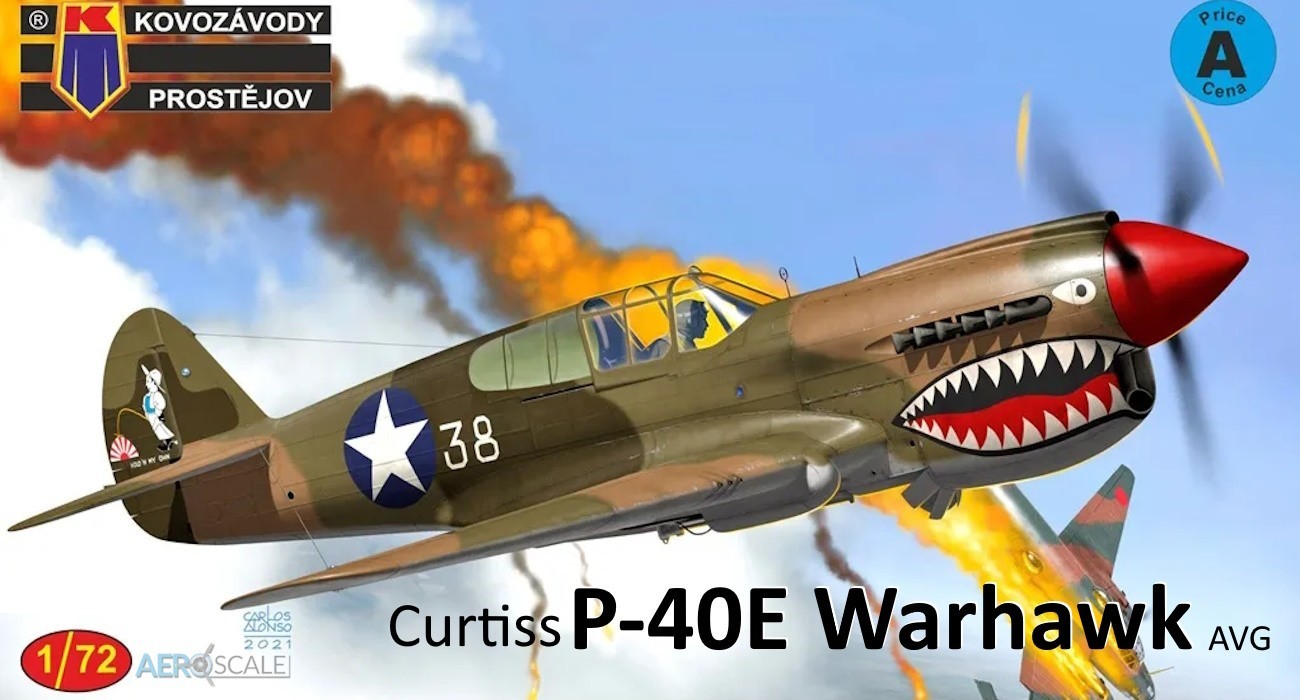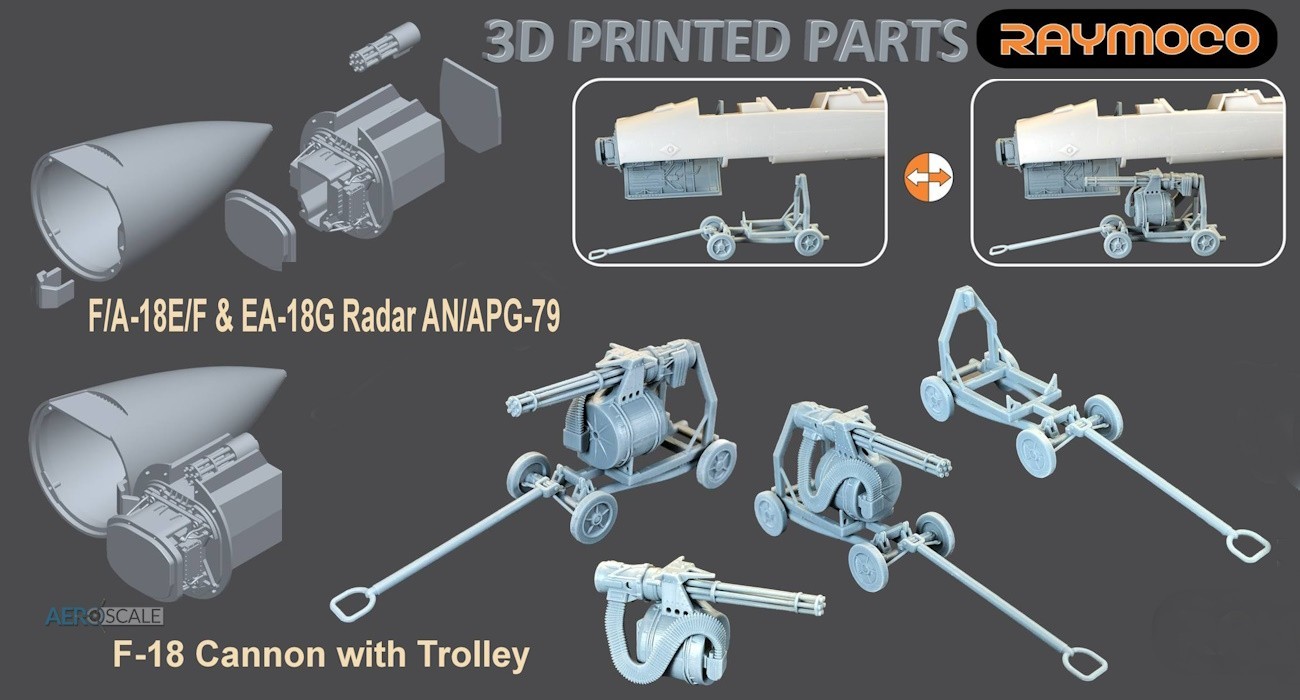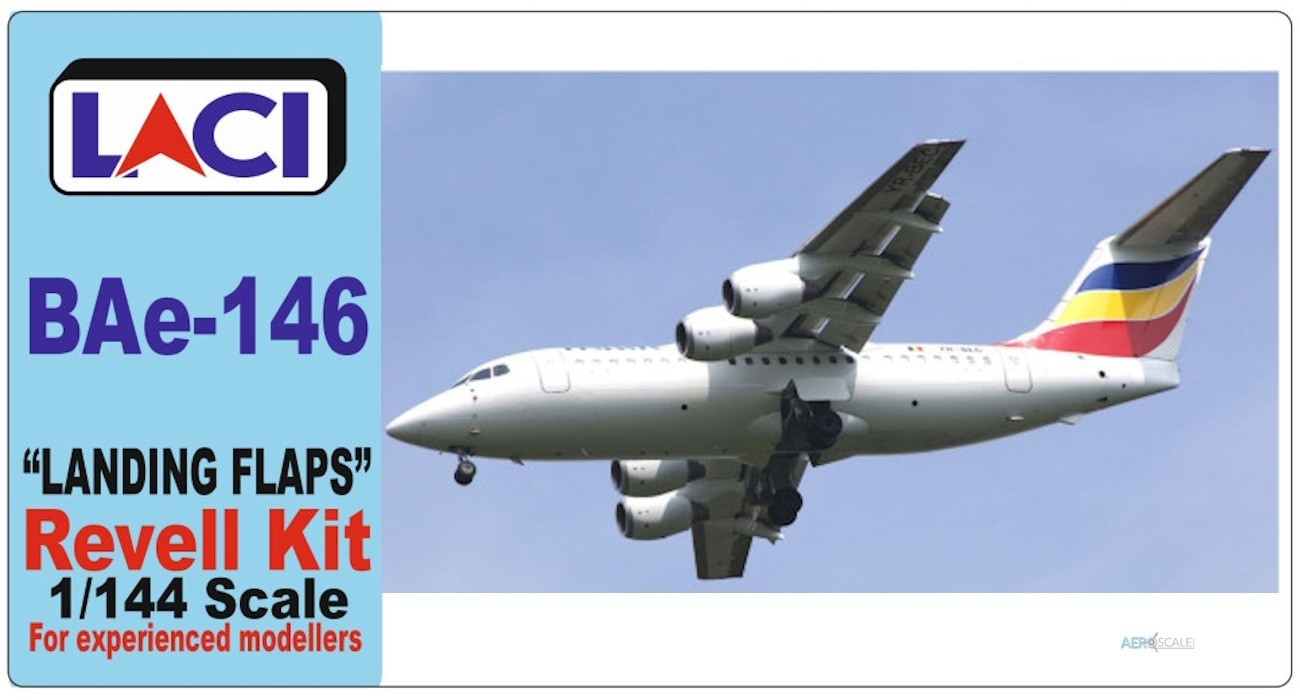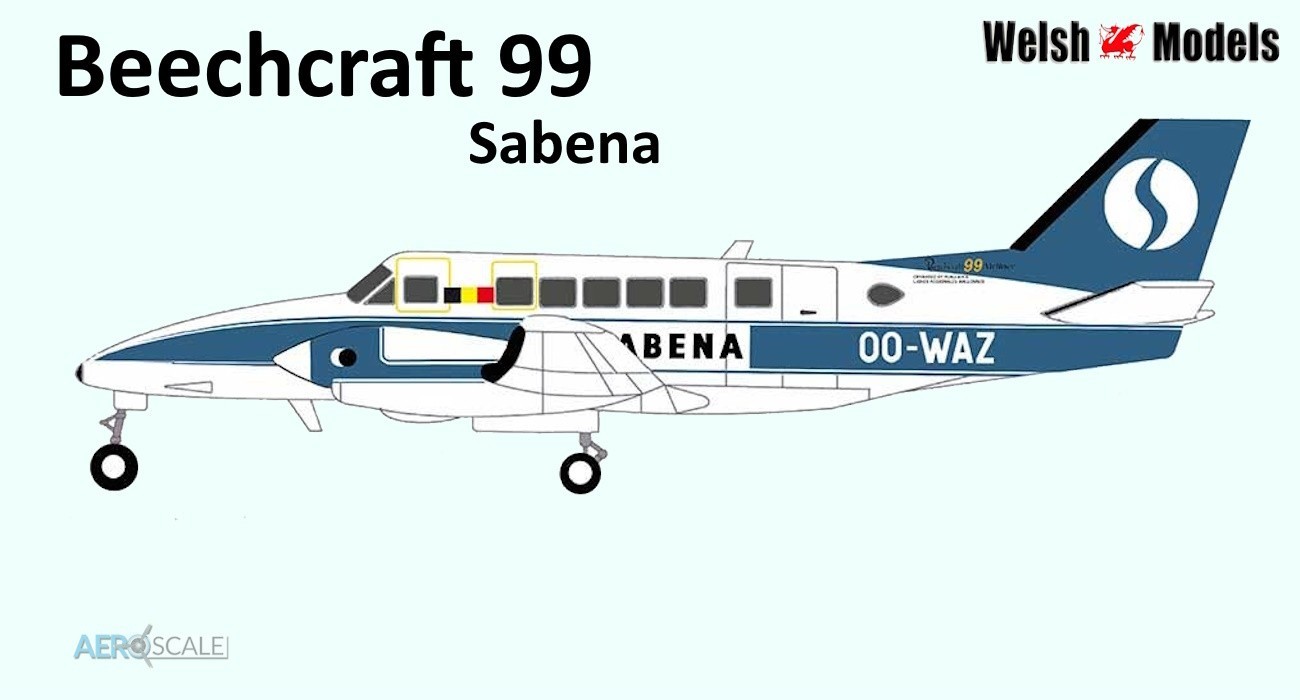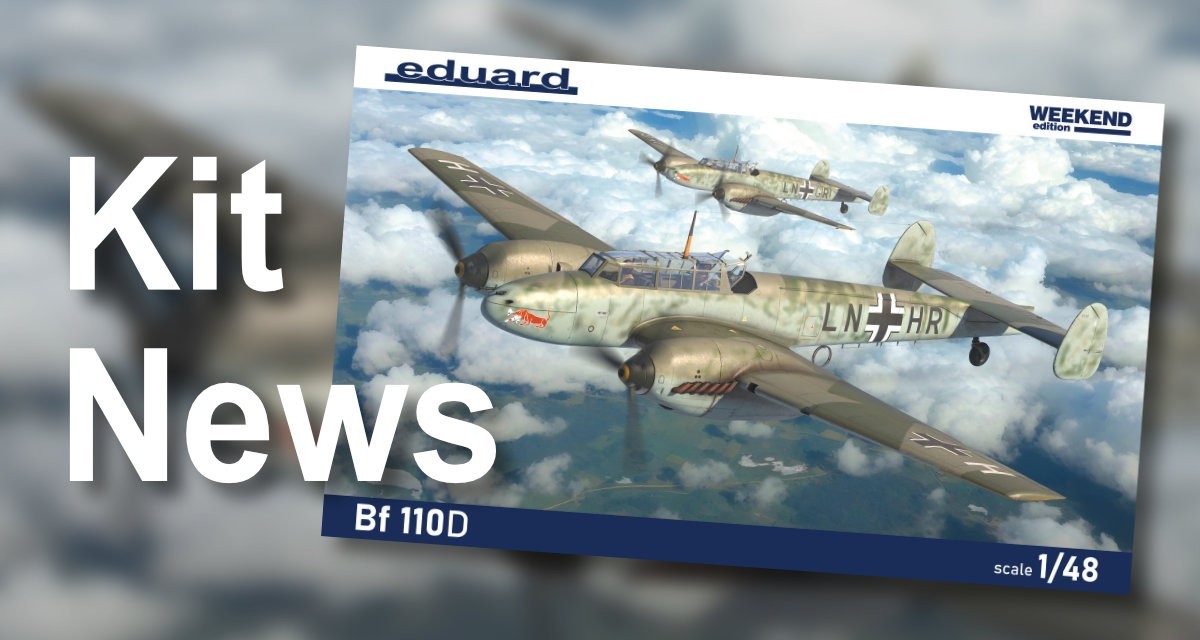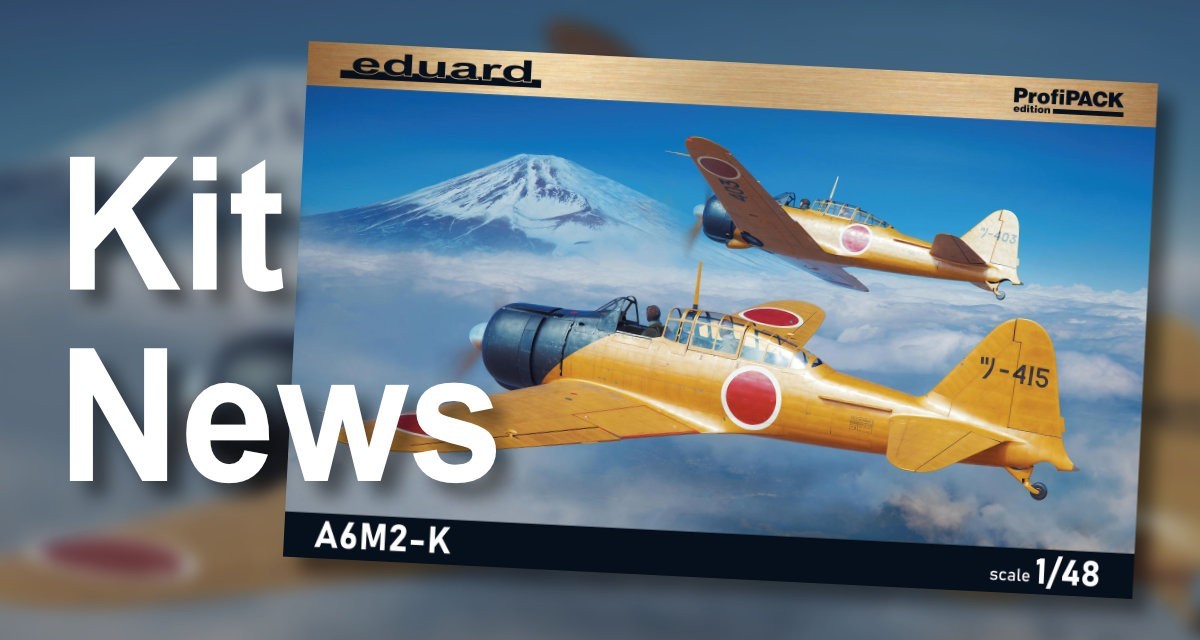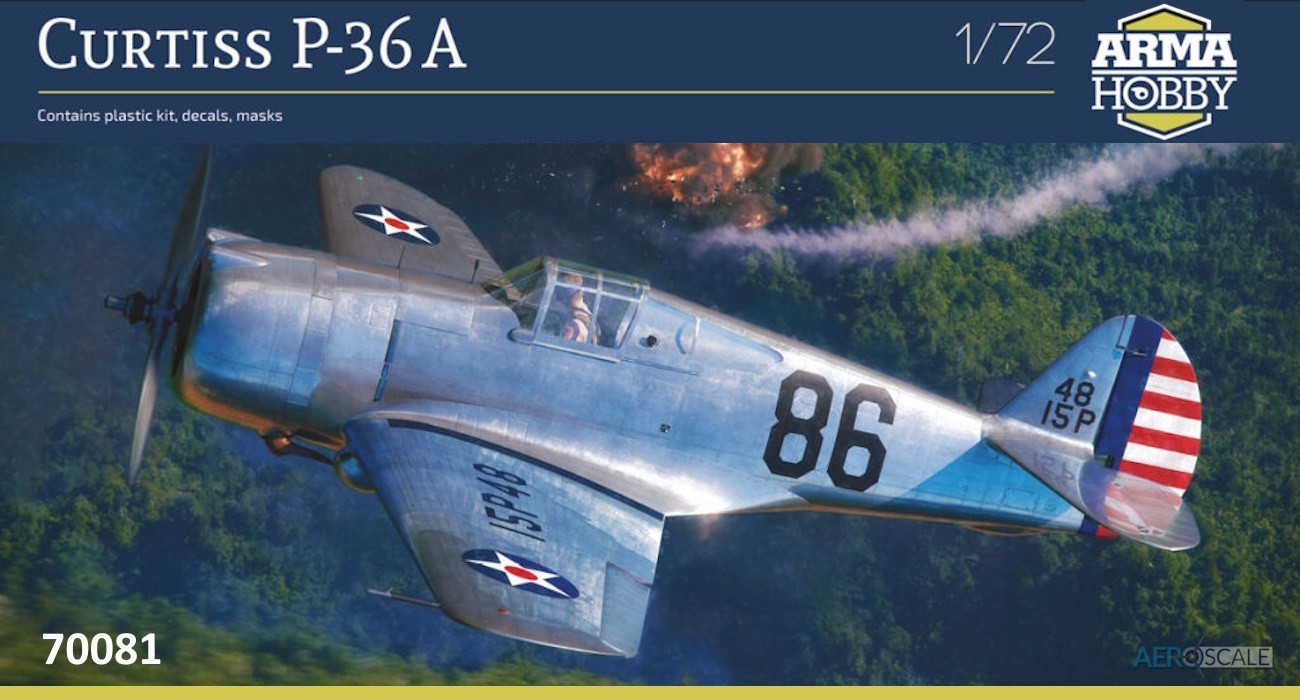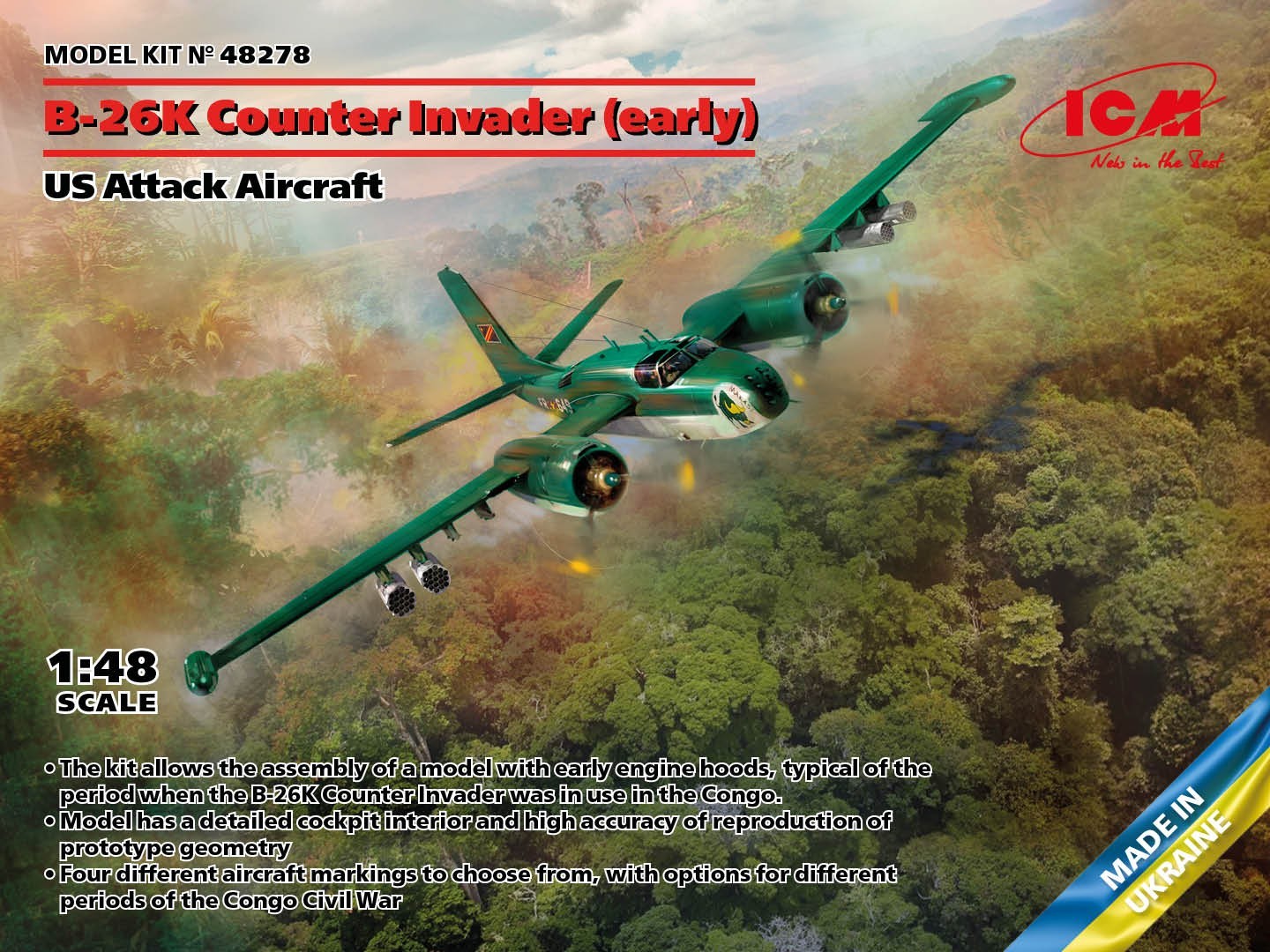
Introduction
The following introduction is as provided by ICM:
Prior to their appearance in Vietnam, the B-26K Counter Invader had time to fight elsewhere in the world - in the Congo. In the 1960s, this Central African country was in a state of civil war. The United States supported by the Congo government against the rebels known as Simba. A special aviation unit was formed with the support of the CIA, but political consideration did not allow the use of American pilots. And then it was decided to use pilots of other countries for these tasks, many of them were Cubans.
The aviation unit, also known as the 211 Squadron of the 2nd Congo Air Force Groups, performed the task of supporting from the air government troops in their battles against the rebels.
Since the use of bombs was forbidden, B-26K, Counter Invader engaged in fire with large calibre machine guns and unguided rockets. Their heavy fire power, long range, and lack of enemy air defences made these planes effective against rebels.
In 1965, some of the B-26Ks had original markings which were used as a squadron identification marker. It represented a large black bull on a white background copied from the label of a popular local beer brand, and the name Makasi. The name was translated as (very strong) or (Strong as a bull).
Review
This offering from ICM of the B-26K is the latest in the line of Invaders from them in 1/48th scale. The extension of this line of models means that there are a large number of parts not used on the sprues. The model is provided in a robust flip top cardboard tray, with a secondary card lid with all the artwork on it. The contents are provided in two re-sealable plastic bags. Loose in the box is the instruction booklet, and between the pages of which are three sheets of decals.
The interior area of the model has a nice level of detail inside of it, but I question if the interior layout is accurate for one of these aircraft specifically. Something that I know is wrong is that the ICM instruction booklet shows the installation of iron bombs, which we know is incorrect. The instrument panels inside the cockpit of the model, whether wrong or right will add a pleasing level of eye candy. A negative of this release is that there is no harness detail for the seats. I cannot help but feel that the interior detail of the model is really at the mercy of the modeller as to how good or bad it will look when finished. When closing up the fuselage of the model, two spars protrude from the wing root in order to support the wings when added later.
Looking at the exterior of the fuselage of the model, reveals very nicely recessed panel lines which during the clean up process, such a filling joints could be easily obliterated by filler or sanding. The nose of the model requires a 40g to be added to prevent the model being a tail sitter. I very highly recommend the use of Deluxe Materials Liquid Gravity products for the purpose of adding weight. Moving to the tail, and the flight control surfaces can all be set as the modeller desires, which is always a plus. The wings are a new assembly, which I have not assembled before and I know in the original releases the pins did not want to go into the receiver holes, and required softening with glue and good clamps to close everything up. The wing tip fuel tanks gives this model a very different look, which I actually find very pleasing. It should be noted that on the wings the flight controls have again been provided as separate parts and so can be displayed in the position the modeller likes.
The engine nacelles have a good level of detail on the interior of the wheel bay, including the panels front and aft. The wheel bay doors are added during assembly, which makes for the ease of placement, but does leave them open to damage. So far as I can tell, the exhaust portion of the engine is accurately replicated. There are two banks of pistons for the engine, and I feel this would be lifted if dressed up with after market photo etched parts. I admit that the view of the area, is very limited but I do feel it would add something. The undercarriage itself is reasonably well designed, and as lone as it is not messed with should perform its function well. The engine cowlings can be opened at the rear to allow a partial view, but the main cowlings would have to be left off to allow a good view and you would definitely have to do some detailing work should you decide to take this route. The glazing for the cockpit requires the drilling of a hole, which a position indicated in the instruction booklet as is the drill size, but the thought of drilling into a clear part fills me with dread as I can already hear the crack.
Four weapons pylons are provided on each wing, with rocket pods mounted on four of the eight stations. I do not know what would normally be fitted onto the other four. Another possible issue here, is that the bomb bay doors can be assembled open or closed and if you have followed the instructions and placed bombs in the bomb bay this will allow the view of an inaccurate aspect of the model. It is nice to see that ICM have continued to supply templates for masking the clear parts, which is something they have started doing a lot of recently.
ICM has provided four finishing options for this release, which are all unfortunately very similar in appearance.
B-26K 64-17644, 211th Squadron, 2nd Group, Congolese Air Force
B-26K 64-17645, 211th Squadron, 2nd Group, Congolese Air Force
B-26K 64-17646, 211th Squadron, 2nd Group, Congolese Air Force
B-26K 64-17649, 211th Squadron, 2nd Group, Congolese Air Force
Conclusion
This release from ICM of a 1/48th scale B-26K Counter Invader covers the aircrafts service in a conflict zone I know nothing about, and as such I feel that this release will widen peoples knowledge. The level of detail is very good for the most part, but the simple error of showing bombs installed is a mistake, that is you were on your toes you could easily avoid making. I would have liked to have seen some finishing options other than green upper and grey lower, but it is possible that that was the only paint finish utilised. If you have purchased the other B-26s from ICM in this scale this release will add a nicely different appearance falling between the Korean and Vietnam wars.
